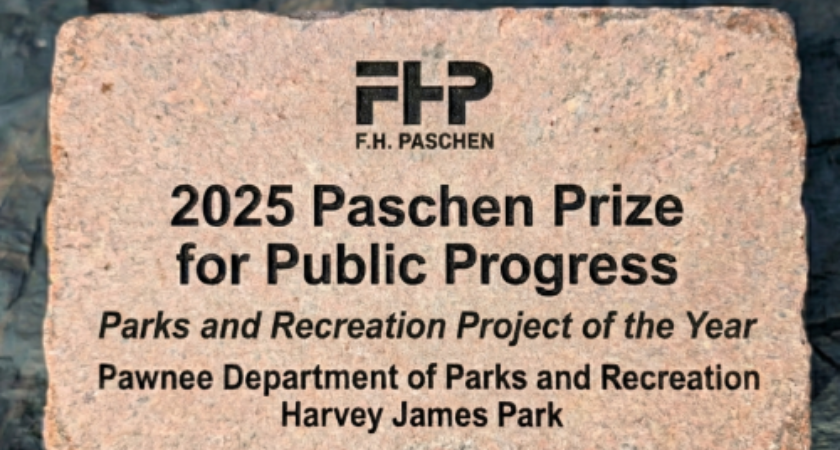
New York City is accelerating its push toward a more data-driven and resilient urban infrastructure, as Chief Technology Officer Matthew Fraser announced the next phase of the NYC Smart City Testbed Program. The latest set of pilot technologies will focus on improving public safety on city streets and modernizing infrastructure planning through digital modeling and sensor-based analytics.
Created by the NYC Office of Technology and Innovation (OTI), the Smart City Testbed Program enables city agencies to test emerging technologies from private vendors for six to nine months before committing to permanent implementation. The program continues to serve as a bridge between municipal needs and innovative technological solutions from around the world.
“The Adams administration has delivered a safer, more affordable city for New Yorkers thanks to its willingness to tackle seemingly intractable challenges in fresh ways,” said CTO Fraser. “The NYC Smart City Testbed Program embodies our mindset that there are no failures, only learning opportunities. The cutting-edge pilots announced today demonstrate our commitment to developing forward-thinking partnerships and solutions needed to better serve our residents. I am grateful to OTI’s Smart Cities team – as well as our participating city agencies, companies, and universities – for inspiring innovation in New York City.”
New Pilots: Pedestrian Insights & 3D Building Visualization
In the coming weeks, OTI will introduce two major pilots focused on community-centered planning and safer public spaces:
- Pedestrian Counting Sensors
OTI and the Department of Transportation (DOT) will test anonymized pedestrian-counting technology in plazas, open streets, and holiday markets. The goal is to determine how often these spaces are used and how long people stay there—information that can guide staffing, street design, and resource allocation. - Augmented Reality Building Visualization
A partnership between OTI and the Department of Design and Construction (DDC) will bring AR technology to residents in Queens. Visitors to the site of the upcoming Roy Wilkins Recreation Center in St. Albans will scan a QR code to view a 3D rendering of the new facility from any angle and perspective on their own device.
According to DDC Acting Commissioner Eduardo del Valle, the project exemplifies community-centered development: “Thanks to this technology, the community will be able to visualize the upcoming $128 million structure as if it was already there.”
Year-Round Smart Infrastructure Testing
The Testbed Program, now in its second full year, has overseen pilots utilizing AI, drones, machine learning, LiDAR, and robotics. Recent initiatives include:
- Automated building inspections using computer analysis of roof and façade imagery.
- AI-driven reports for park facility assessments conducted with NYC Parks.
- LiDAR traffic analysis used by the Department of City Planning to evaluate warehouse vehicle activity.
- Two DOT pilots using computer vision to evaluate bike lane conditions and analyze multimodal street traffic. One pilot delivered 150,000 roadway images and helped staff document more than 200 miles of bike lanes in just eight weeks.
The long-term value of these pilots, according to DOT Commissioner Ydanis Rodriguez, is far-reaching:
“Smarter Cities are safer, greener, and more equitable cities... The New York City of the future is built with the programs we're piloting right now.”
City Agencies Continue Advancing Smart Infrastructure
Other partners emphasized how emerging technologies support decision-making and maintenance across the city’s built environment.
DCAS Commissioner Louis A. Molina noted: “Through the Smart City Testbed Program, DCAS and other city agencies can safely explore new solutions that strengthen infrastructure, improve operations, and help make more informed decisions.”
NYC Parks Commissioner Iris Rodriguez-Rosa highlighted how smart infrastructure enhances quality of life:
“These new Testbed pilots show how emerging technology can strengthen our mission... By pairing innovation with community insight, we’re able to make our parks safer, more resilient, and more responsive to every neighborhood’s needs.”
How to Participate
Submissions for Testbed projects are accepted year-round, allowing innovators to propose solutions that address evolving city needs. Ideas can be submitted at nyc.gov/testbed.
Originally reported by Office of Technology & Innovation, New York.





